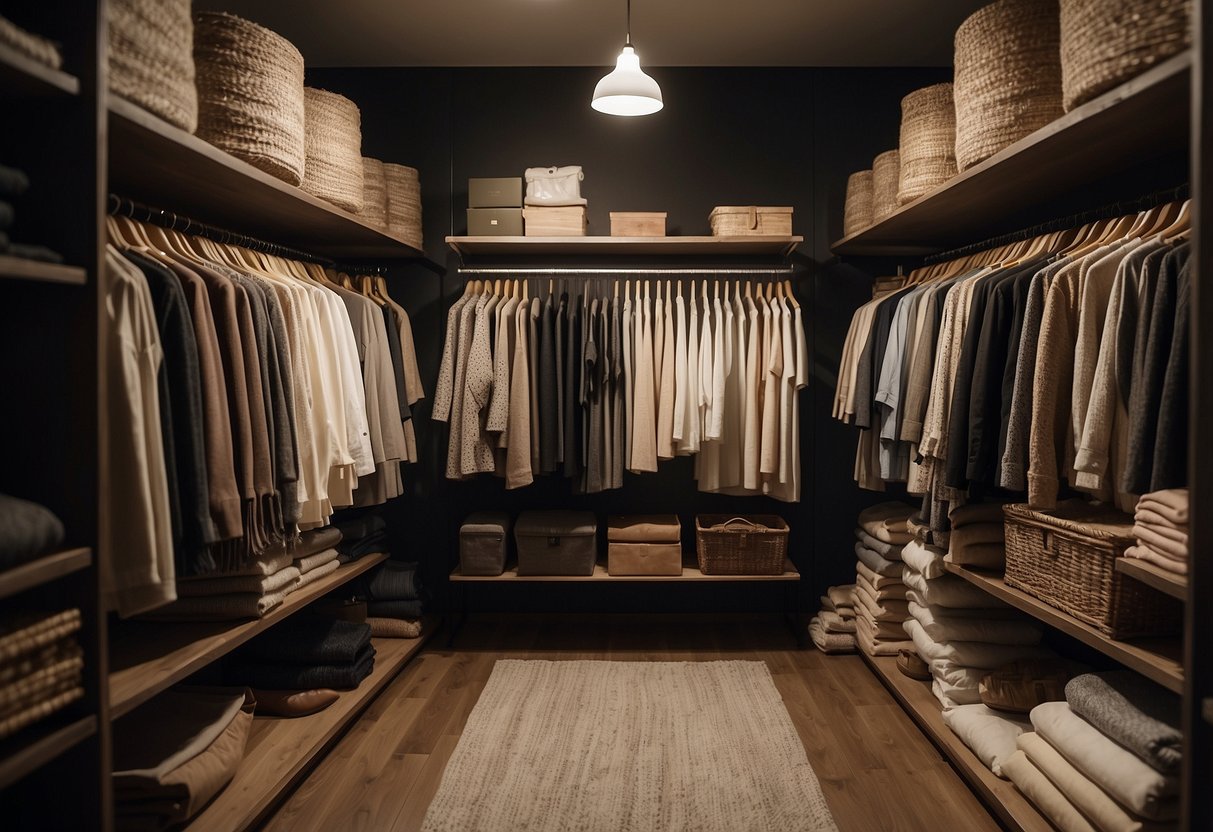
Materials Matter: Making Conscious Choices
Choosing sustainable fabrics plays a crucial role in reducing environmental impact. Knowing the differences between natural and synthetic materials and highlighting some eco-friendly options can help make informed decisions.
Natural vs Synthetic: A Comparison
Natural fibers, such as organic cotton, bamboo, and hemp, are grown from plants without the use of harmful pesticides. These materials are often biodegradable, making them a more environmentally friendly option compared to their synthetic counterparts.
Synthetic fabrics like polyester and nylon are derived from petroleum-based chemicals. They are not biodegradable and contribute to microplastic pollution. While they may offer durability and lower cost, their environmental footprint is significant. Recycled fabrics are a more sustainable choice, though the process still involves energy consumption.
Understanding the pros and cons of each material is essential for making a conscious choice. Opting for natural fibers reduces dependency on non-renewable resources and supports more sustainable farming practices.
Spotlight on Sustainable Materials
Organic cotton stands out as a sustainable choice, free from pesticides and often grown using less water than conventional cotton. It ensures minimal impact on the environment while providing a comfortable, durable fabric.
Bamboo is another excellent option. It grows rapidly and requires little water or pesticides. It’s versatile and can be used in clothing, towels, and sheets.
Recycled materials, including recycled polyester or nylon, give a new life to waste products. They reduce landfill waste and use less energy compared to producing virgin synthetic fabrics. These materials are perfect for creating eco-friendly and stylish wardrobe pieces.
Creating Your Sustainable Wardrobe Foundation
Building a sustainable wardrobe starts with selecting essential items and assessing your current wardrobe for gaps that align with personal style and environmental ethics.
Essential Items for a Versatile Wardrobe
A versatile wardrobe includes timeless pieces that can be worn in various combinations. Essential items might include a well-fitted pair of jeans, a classic white shirt, a comfortable sweater, and a tailored blazer. These pieces should be of high quality to ensure longevity and minimize the need for frequent replacements.
Quality over quantity is key; investing in durable items reduces waste and promotes sustainability. Natural fabrics like organic cotton, linen, and ethically sourced wool are excellent choices. These materials are not only eco-friendly but also comfortable and stylish. Neutral colors such as black, white, grey, and navy enhance versatility, allowing for easier mixing and matching.
Building a versatile wardrobe is an ongoing process that should reflect personal style. Regularly updating a few key items may be necessary, but maintaining a focus on sustainability can make a significant difference.



